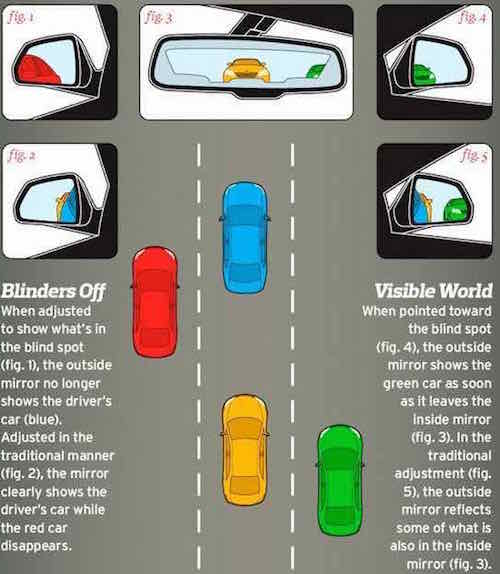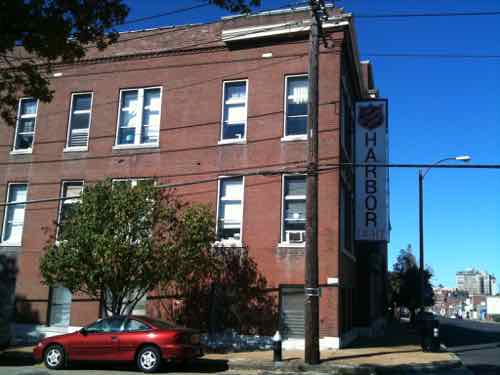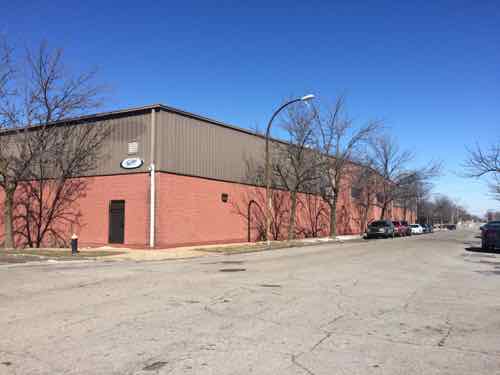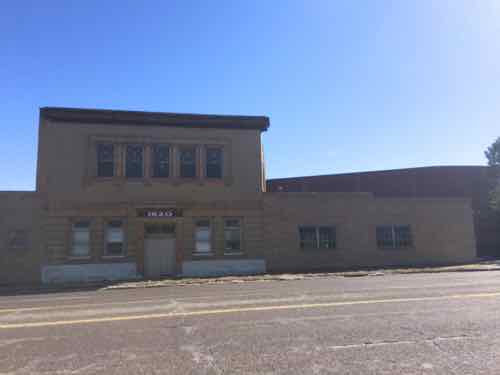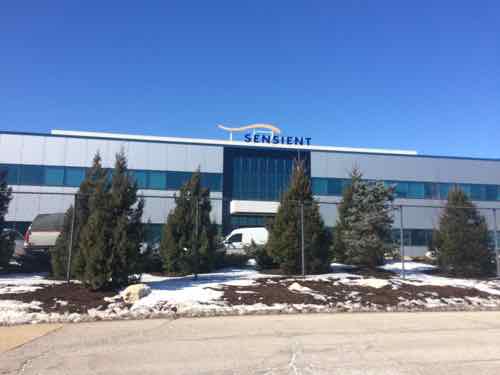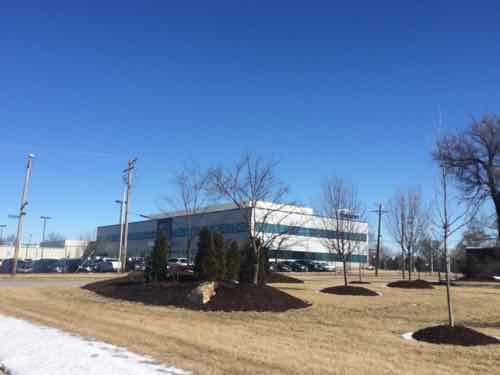Homeless Need Housing Longer Than Overnight
Over the years many have said us downtown loft dwellers don’t want to see the homeless, which is why we want to close Larry Rice’s overnight emergency shelter NLEC. This view many be valid for some of my neighbors, but it doesn’t apply to me or most no doubt, it is heart-wrenching to see people sleeping in doorways, carrying all their possessions in a trash bag. What the solution?
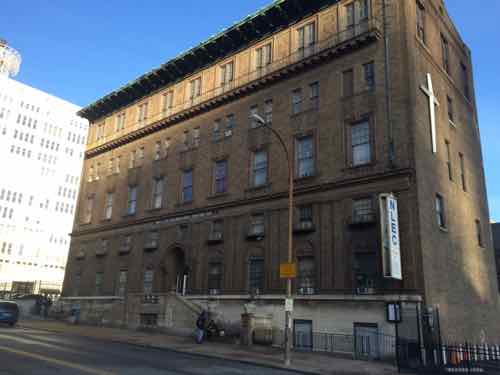
Overnight shelters, like NLEC, do provide a cot, a sandwich, and perhaps a shower — for 12 hours. The next morning they’re sent back out into the streets. The cycle repeats without getting to the root problems that caused the person to become homeless. To me keeping the homeless just above water is cruel.
The homeless can’t do it on their own, none of the world’s deities are going to help either. It’s entirely up to us — baloney sandwiches and an overnight cot aren’t enough.
Only from the stability of a small apartment can they hope to get substance issues under control, learn to prepare meals, be able to get/hold a job. This is unlikely on the street.
Emergency overnight shelters are still necessary when the weather is extreme, but only as a short-term solution. The total cost per person is less when they’re in an apartment vs on the street.
Everyone benefits — except those whose business model is based on hundreds remaining on the streets.
— Steve Patterson
